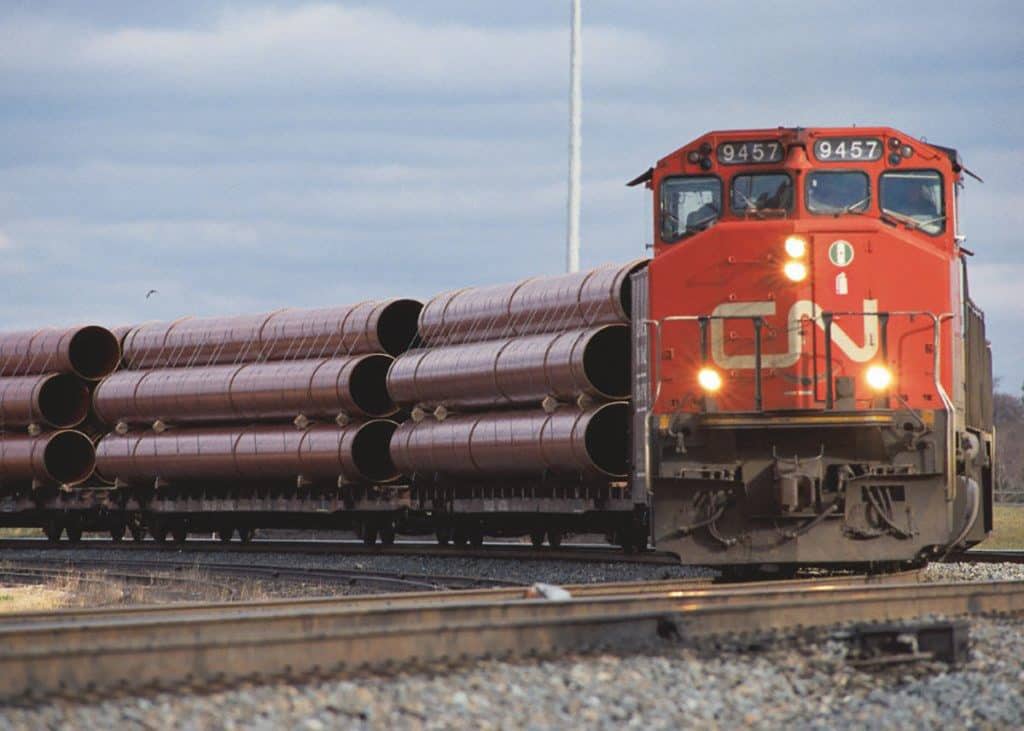Roadside Mowing
Sturgeon County ensures paved and gravelled roadsides are mowed to improve visibility and to control undesired vegetation or regulated weeds. Gravelled roadsides are mowed a minimum of once annually, and paved and hard-surface roadsides are mowed a minimum of twice annually. If you have concerns that a roadside near you is being neglected or vegetation is becoming a hazard, please contact Ag Services.
Municipal Reserve Mowing
Municipal reserves exist throughout residential areas for the enjoyment of visitors and residents. These areas can host a variety of recreational uses – some are developed park spaces while others are open or naturalized spaces. As these are county-owned properties, they are maintained based on the type of use per the Vegetation Management Standards Policy.
Sturgeon County will control weeds and excessive vegetation growth and focus our control measures on municipal reserves that are frequented by residents. Other municipal reserves are left to be as naturalized as possible.
Brush Management
Brushing and mulching are conducted in County-owned ditches and roadsides in parts of rural Sturgeon County as part of the vegetation management program. Ornamental trees near approaches and shelterbelts on private property are not removed as part of this program.
Brushing involves removing trees along the roadside. Mulching uses a machine to shred trees and brush into mulch chips that are left to naturally decompose in the ditch over time.
These activities improve sightlines at intersections and along the roadside, increase efficiency during snow clearing in winter, and improve drainage. These operations are coordinated by Transportation and Engineering Services. For more information, contact the Transportation and Engineering department at 780-939-8252.
CN Rail Weed Management
Updated schedules for CN rail weed management can be found on the CN Rail website.
Trees, brush, and other vegetation can compromise rail and public safety by:
- Impeding motorist sightlines, which increases the risk of crossing accidents.
- Reducing visibility for train crews at crossings and of train control signals or trackside warning devices.
- Damaging the integrity of the railbed, interfere with signals and switches.
- Increasing risk and/or size of trackside fires.
CN manages vegetation using both chemical and mechanical methods. The track infrastructure is composed of two main sections:
- the ballast section, typically ranging from 16-24 feet (which is primarily gravel and supports the track structure)
- Keeping this clear of vegetation is critical for safe railway operations and is managed with chemical control. Spray trucks or spray trains with downcast nozzles are used. These spray a short distance above the ground surface with shrouded booms that are specially designed to reduce chemical drift.
- the right-of-way portion (which is the area outside of the ballast section to the CN property boundary)
- Mechanical control methods such as mowing or brushing are used here. Chemical treatments may be used to control regulated weed species or brush. CN has retained professional contractors qualified to undertake this work. They are required to comply with all laws and regulations applicable to CN. In addition, the contractors will ensure that vegetation control is performed with consideration of the environment and in accordance with the highest industry standards.

Noxious Weed Removal
Should your community have any noxious weed removal requests, we ask that you contact CN’s Public Inquiry Line at contact@cn.ca or fill out the online form.
Provincial Highway Concerns
The Government of Alberta is responsible for maintaining all provincial highways. Visit the Alberta Transportation website for more information.
For information or to share a concern, contact 780-963-5711 or 1-800-390-2242.